Gyeongseong Creature Season 2 Review: Adapting It In a New, More Intriguing and Engaging Way!
Cast: Ahn Ji-Ho, Park Seo-Joon, Han So-hee, Wi Ha-joon, Jo Han-Chul, Kim Hae-Sook, Choi Young-Joon, June Angela, Keisuke Hoashi, Andrew Lee
Director: Jeong Dong-Yun
Streaming Platform: Netflix
Filmyhype.com Ratings: 4/5 (four stars)
On September 27, 2024, Gyeongseong Creature Season 2, one of the most popular Korean series in recent times, debuted on Netflix. And yes, it is better than the first round. But let’s go in order and start with the plot. The second season, the synopsis says, is “set in Seoul in 2024” and “highlights the infinite ties that fate weaves for better or worse in Gyeongseong“. And again. The series “follows Ho-jae, a man who looks and behaves incredibly similar to Tae-sang, and Chae-ok”. Yes, the time jumps. From the post-credits of season 1 to the seven episodes of season 2. From Japanese domination to today. Seventy-eight years later, to paraphrase Danny Boyle. Do war and human greed dead create the monster? Not quite. Let’s stop here, so as not to overdo it with spoilers, and talk about why you should watch it. A title halfway between horror and K-drama that manages to blend the two genres well without exaggerating too much on one side or the other, giving life to a convincing story based mainly on the political tensions of ancient Seoul.
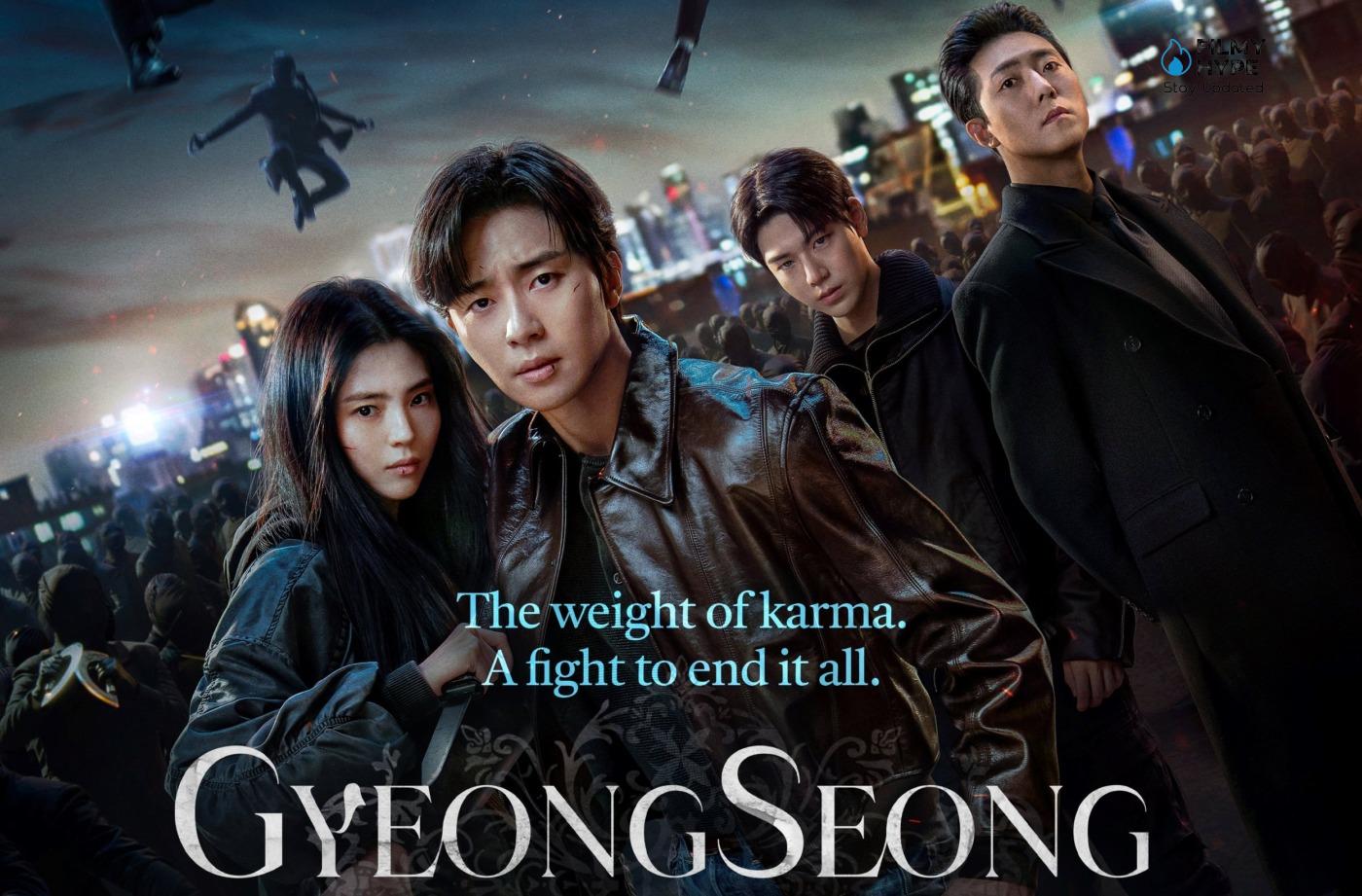
However, the plot unfolds on other storylines that directly involve some of the citizens in different contexts, in addition to bringing to the small screen real problems masked by fantastic creatures in every area and not only limited to South Korea. In this regard, the second season of Gyeongseong Creature is set in the present day, re-proposing modern key problems of the past that are difficult to contain. The main cast of Gyeongseong Creature Season 2 includes returning leads Park Seo-Joon and Han So-hee as Jang Tae-sang and Yoon Chae-ok along with Claudia Kim as Yukiko Maeda, who is joined in prominent roles by Lee Moo-Saeng as Captain Kuroko and Bae Hyun-sung as Seung-jo. Written by Kang Eun-Kyung, Gyeongseong Creature is directed by Jung Dong-yoon along with Roh Young-sub in the first season of the TV series and by Jo Yeong-min in the second season. Below we leave you with our review of Gyeongseong Creature Season 2, while if you want to first do a general review of the story, we also invite you to read our review of the first season of Gyeongseong Creature.
Gyeongseong Creature Season 2 Review: The Story Plot
The first season of the TV series Gyeongseong Creature is set in 1945, during the period in which Japan was attempting to colonize South Korea. In the future, Seoul, then known as Gyeongseong, the figure of Jang Tae-sang, the renowned owner of a pawn shop, stands out. Tae-sang’s path crosses that of Yoon Chae-ok, a young woman who, together with her father Jung-won, specializes in finding missing people, including her mother Choi Seong-sim. In the meantime, Tae-sang is assigned by the local police commissioner Ishikawa to search for his lover Akiko, who has also disappeared and is expecting a child with him. The pawn shop owner thus joins Chae-ok’s investigations which end up leading both of them to the Ongseong military hospital.
A facility where terrible experiments are performed on people to create immortal and invincible beings, with the unhealthy belief of improving the fate of humanity and the very survival of the species. An organization that involves several members and influential authorities of the place including Lieutenant General Kato, head of the hospital facility, and Yukiko Maeda, the most powerful and ruthless noblewoman of Gyeongseong who finances the crazy project believing firmly in the cause. Among the human guinea pigs held prisoner in the basement of the Ongseong hospital are also Akiko and Chae-ok’s mother, who in the meantime has become a monstrous creature because of the Najin, the parasite on which the military project is based.

After joining forces and falling in love with each other, Chae-ok and Tae-sang finally manage to dismantle – at least in part – the hospital of horrors but not without victims and dramatic consequences. Akiko ends up ingesting the Najin and transforms into a terrifying being, killing Ishikawa himself who had previously managed to save and hide her. Akiko is later finished off by Kato, in an attempt to remove the child she is carrying to study as a new experiment. Maeda is severely burned during an attack by the civilian resistance, while Kato later suggests that she absorb the Najin to start a new life and recover her previous appearance.
Seong-sim, Chae-ok’s mother, despite having become a monster on the outside, still maintains a semblance of humanity and helps her daughter against her enemies. But believing that she must also save herself from Tae-sang, she accidentally ends up fatally attacking Chae-ok. At that point, to make her survive in his place, Seong-sim transmits the Najin to Chae-ok which, while making her partly a creature like her mother, manages to bring her back to life. The first season of Gyeongseong Creature ends with a short post-credit scene in which a time jump occurs: South Korea is finally free from Japanese oppression and Tae-sang has also survived the previous events but has a strange scar on his neck and bears the new name of Ho-jae.
Gyeongseong Creature Season 2 Review and Analysis
The second season of Gyeongseong Creature takes place in 2024. A different location can initially make you turn up your nose because it almost seems like you’ve ended up in another TV series, with little or nothing to do with the previous story. A feeling of confusion that however gradually disappears as you watch the episodes. Not only because the plot through feels and flashbacks easily manages to accompany the viewer into the different setting. But above all, in reality, it is the same story, told from the beginning in a modern key. Starting from the first meeting/clash between Tae-sang and Chae-ok in one of the alleys of Seoul, continuing with Tae-sang’s strange innate desire to protect a “stranger”, up to their common destiny to fight the same enemies and protect each other at the cost of their own lives.
And it’s something that works well in the second season of Gyeongseong. As it takes place in a sort of partial reset in which the viewers together with the protagonists themselves must reconstruct what has happened over the last 79 years, trying to come to terms with numerous doubts. The first of all is given by the question of why the two protagonists have not aged in any way during such a long period. And although the justification for Chae-ok can be attributed to the fact that since she received the Najin she is no longer completely human, the same cannot be said for Tae-sang. At least until the plot begins to reveal its cards little by little, showing what happened to the various characters during the vast time jump between the two seasons of Gyeongseong-si.
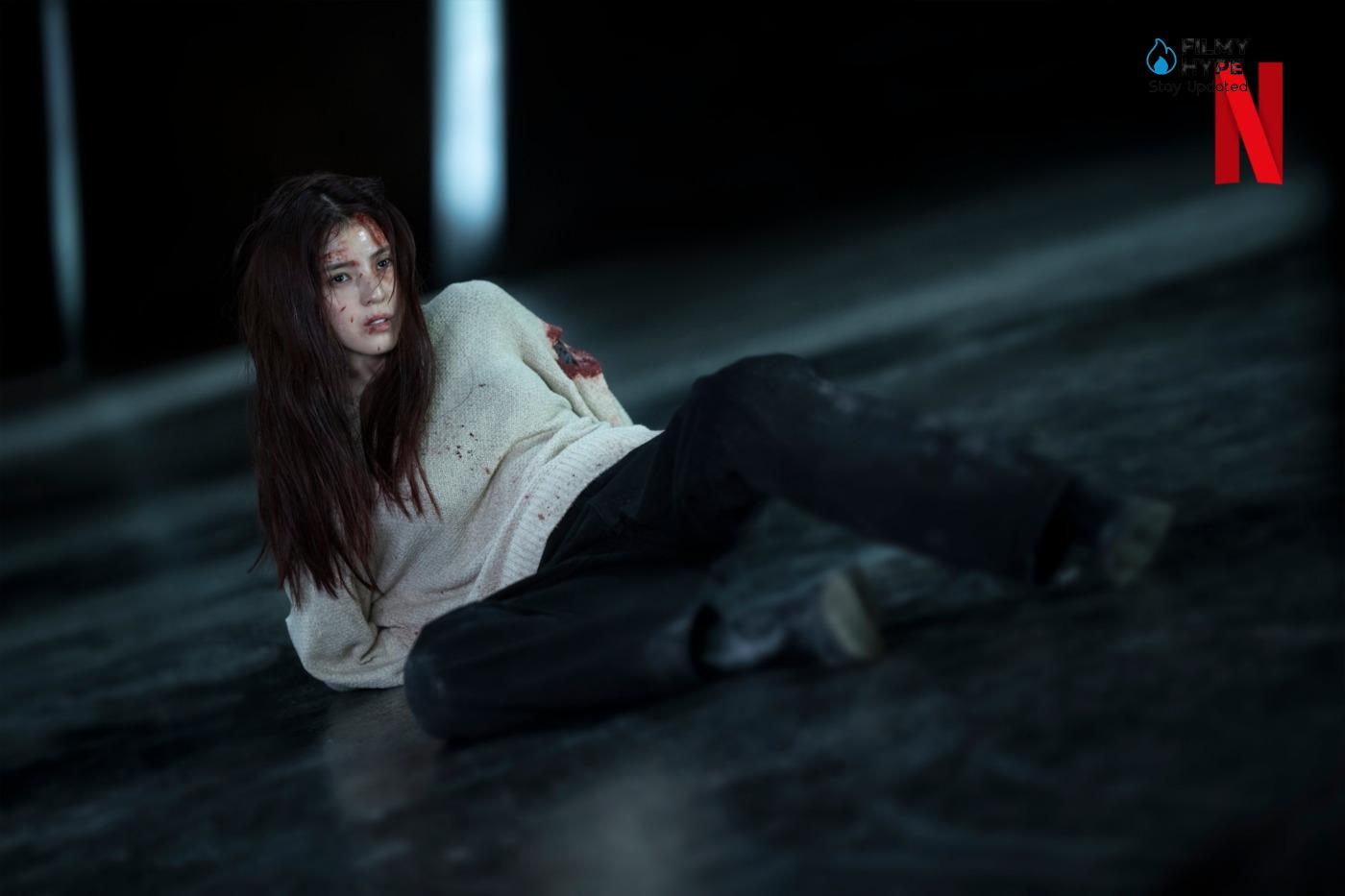
And it’s something that works absolutely well in the second season of Gyeongseong-si. As it takes place in a sort of partial reset in which the viewers together with the protagonists themselves must reconstruct what has happened over the last 79 years, trying to come to terms with numerous doubts. The first of all is given by the question of why the two protagonists have not aged in any way during such a long period. And although the justification for Chae-ok can be attributed to the fact that since she received the Najin she is no longer completely human, the same cannot be said for Tae-sang. At least until the plot begins to reveal its cards little by little, showing what happened to the various characters during the vast time jump between the two seasons of Gyeongseong-si.
It is precisely this type of alternative narration that encourages the audience to continue watching the TV series, both to discover the missing pieces of the puzzle and to understand if their intuitions are correct. The identity of some characters is revealed only at a later time, even if it is easy to understand who some of them are. However, the system of mixing old and new gives at times the impression of having placed Chae-ok and Tae-sang in another era, as if there were other characters with the same face and their same past living their lives in the frenetic modern Seoul, next to perfect strangers. The enemies themselves appear almost different even though they are continuing in the same place that Kato and Maeda started in the past, but with a different name and facade just to deceive appearances.
This time the horror that hides in the old Gyeongseong is even more sneaky and mean, being aimed at reaping thousands of victims through a utopian greater good and for which everything seems to be expendable without any conscience. The glimmer of light in the middle of the dark side of the human being is given once again by Tae-sang and Chae-ok and their relationship represents hope. Every time one of the two finds himself in difficulty he never throws in the towel but continues to fight with all his strength until exhaustion to pursue his goal without hesitation. Since death is the final phase of human existence and as such, it cannot be contained as it will come regardless of one’s actions. While life itself must have a purpose to carry on as long as possible, so as not to waste one’s available time.
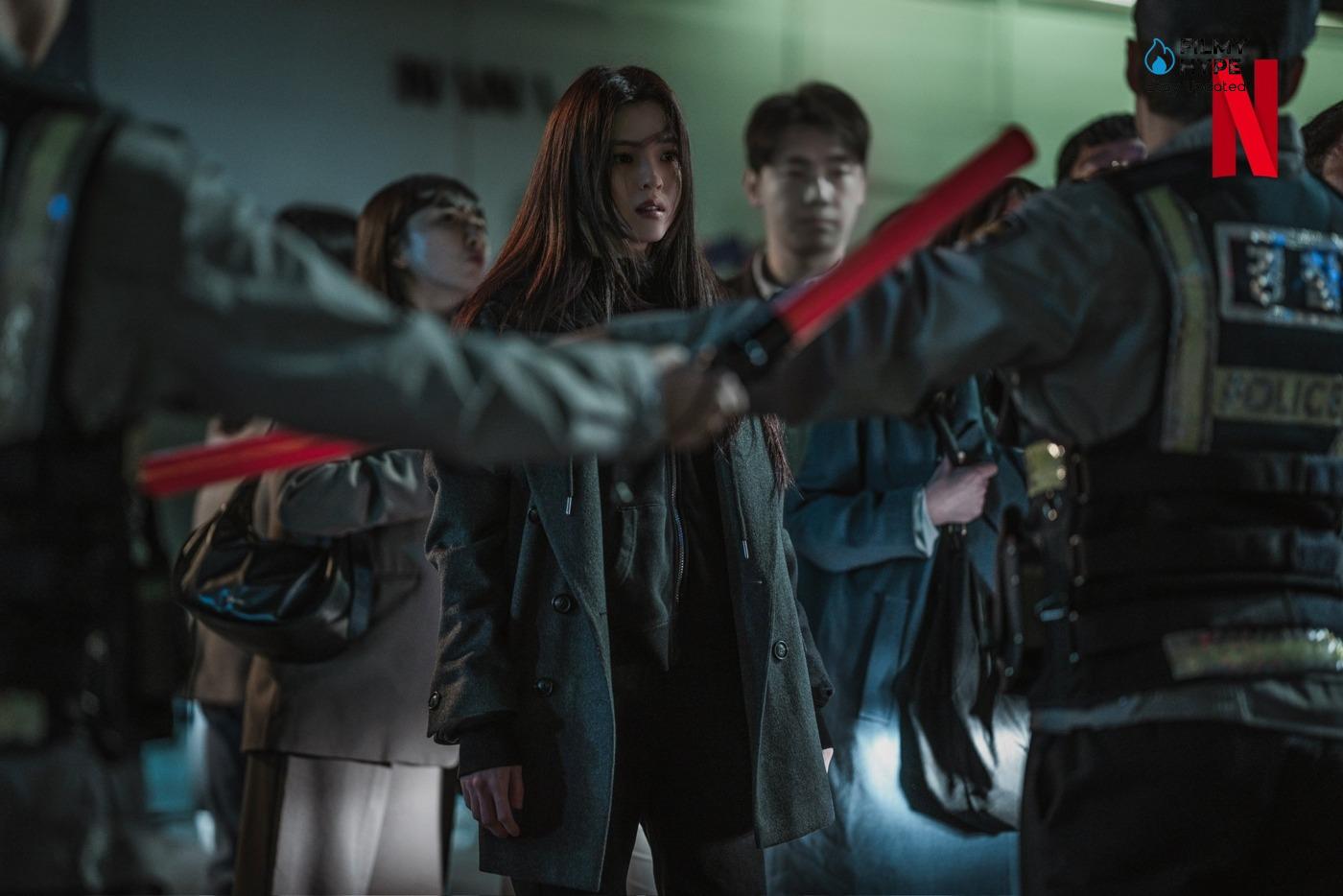
In its first season, Gyeongseong Creature put the antagonists of the story with their backs to the wall, as there was no excuse to justify their crazy plan. In the second season of the TV series, although this factor remains unchanged, an existential question is highlighted on an important concept posed by one of the villains, Yukiko Maeda. Do all human lives have the same importance? A question that instinctively would be answered affirmatively but that in the perspective framed by Maeda, actually puts even the so-called good guys with their backs to the wall. If we were forced to choose between the life of the person dearest to us and that of other loved ones, being able to save only one of the two parties, who would we choose in that case?
It is on this basis that Maeda tries to make us understand how not all lives are on the same level. And therefore, some of them can be sacrificed regardless of the reason that pushes someone to do so. The reasoning is as absurd as it is coherent in its entirety, but it nevertheless does not take into account some fundamental differences. The first of all is given by the choices made for the greater good and those instead put in place for simple selfishness. Finding oneself forced to decide on the life of others without the possibility of appeal, implies being in a situation that is not personally wanted and at the limits of acceptance. The speech is different for those who divide human beings into categories, deliberately establishing who must live and who must die. Secondly, the reason behind certain decisions is also different, on the one hand, linked to feelings such as love and empathy while on the other to the pure desire for power and supremacy.
The definitive answer on the value of every human life as such is given in the course of the episodes and ironically through another question:
“What governs a human being, his consciousness or his unconscious?”
Here too, they try to justify human sacrifice and other barbarities through the mere instinct of survival, but once again commit the mistake of not considering everything that makes a human being as such. Gyeongseong Creature has a human half and a monstrous half, not only aesthetically but also internally, just as each person has a dark side and a light side. But what is difficult to change in each individual is their nature, their memory, and their conscience itself. It is no coincidence that when some characters affected by Najin have to choose between their survival and that of others, the small part of humanity that still lives in them prevails over everything else. So, in the end, are we all real monsters as Maeda suggests? The answer is no. But we can become one when we decide to annihilate our personality and leave room for something dark and unpredictable. Because the unconscious warns us, but it is the conscience that guides us in the right direction.
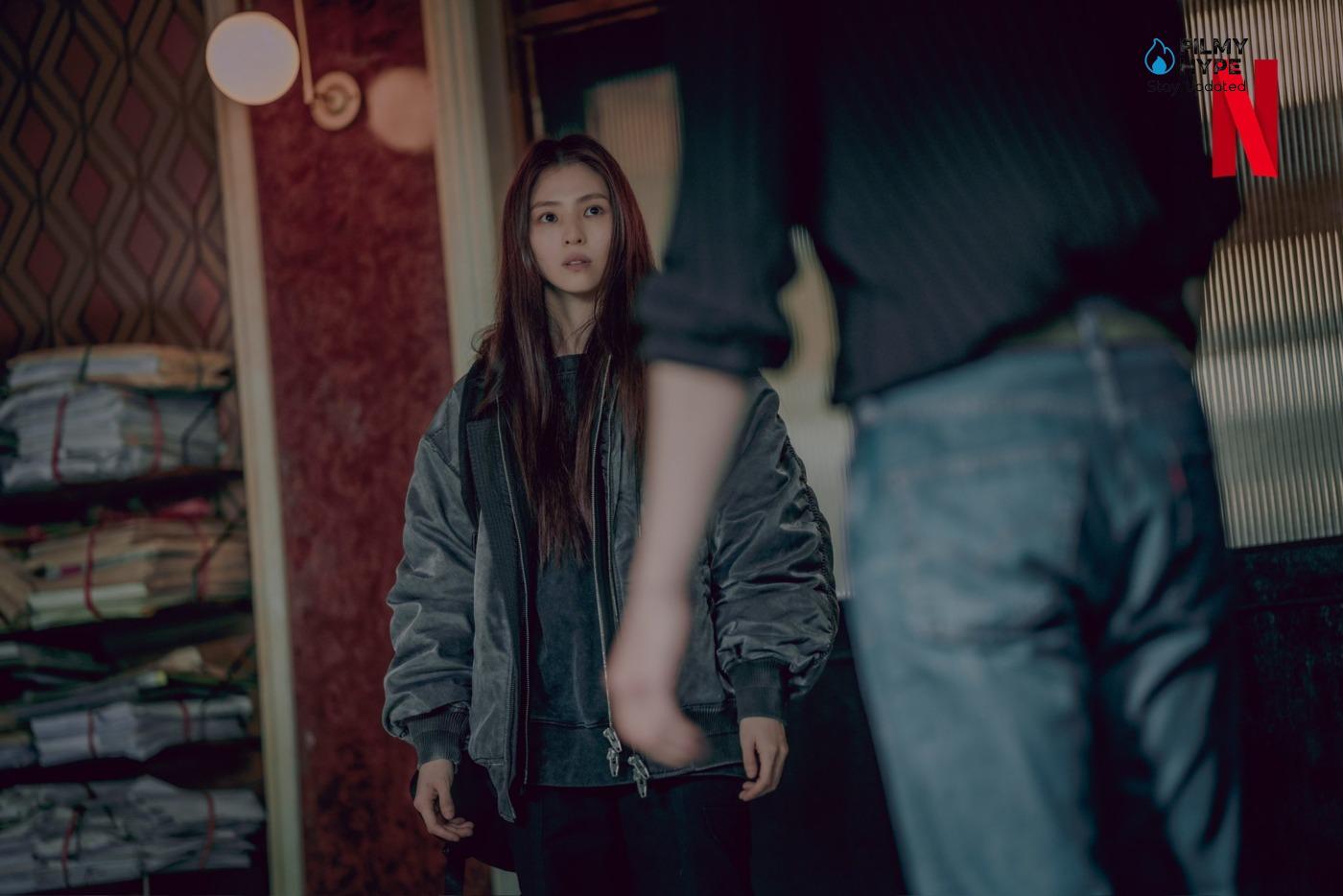
Gyeongseong Creature with the second season makes a qualitative leap by re-proposing, in summary, the same previous story, but in a new guise, that allows one to better enter into the perspective of the story. Although the monstrous creatures generated by evil minds are a fantasy and unreal element, the entire TV series is a great metaphor for concrete realities present in our world both in the past and in the present. As highlighted by the time jump that occurred between the first two seasons of Gyeongseong Creature, South Korea has obtained independence as a nation but is not truly free from human wickedness and what follows. A clear example is Maeda herself who, as a Japanese, despite having lost the war, does not intend to leave Korea but continues to believe that she has the right to dominate an entire country.
This situation is not confined only to the Asian state but extends everywhere, as certain dogmas are hard to die even after a long period such as that of almost eighty years. On the contrary, the more progress goes forward, the more resources and desires there are in pursuing wrong ideals and to the detriment of others. Gyeongseong Creature leads us to reflect a lot on human instincts and on how the mind can often evolve in dangerous and out-of-control ways, leading people to commit the worst atrocities even for trivial reasons. In all of this, there are also those, like Chae-ok and Tae-sang, who choose to remain the same person as always and to pursue their goals by trying to make a difference, without being influenced by who or what is around them. An implicit invitation to fight your battles every day, because without inner peace it becomes difficult to be able to fight for greater causes. Especially because, as Gyeongseong Creature Season 2 shows in conclusion, there is not always a happy ending. And despite the efforts, things do not always go as hoped. But it is also true that after winter, spring always returns and the cherry blossoms that have fallen to the ground will bloom again, more luxuriant than before.
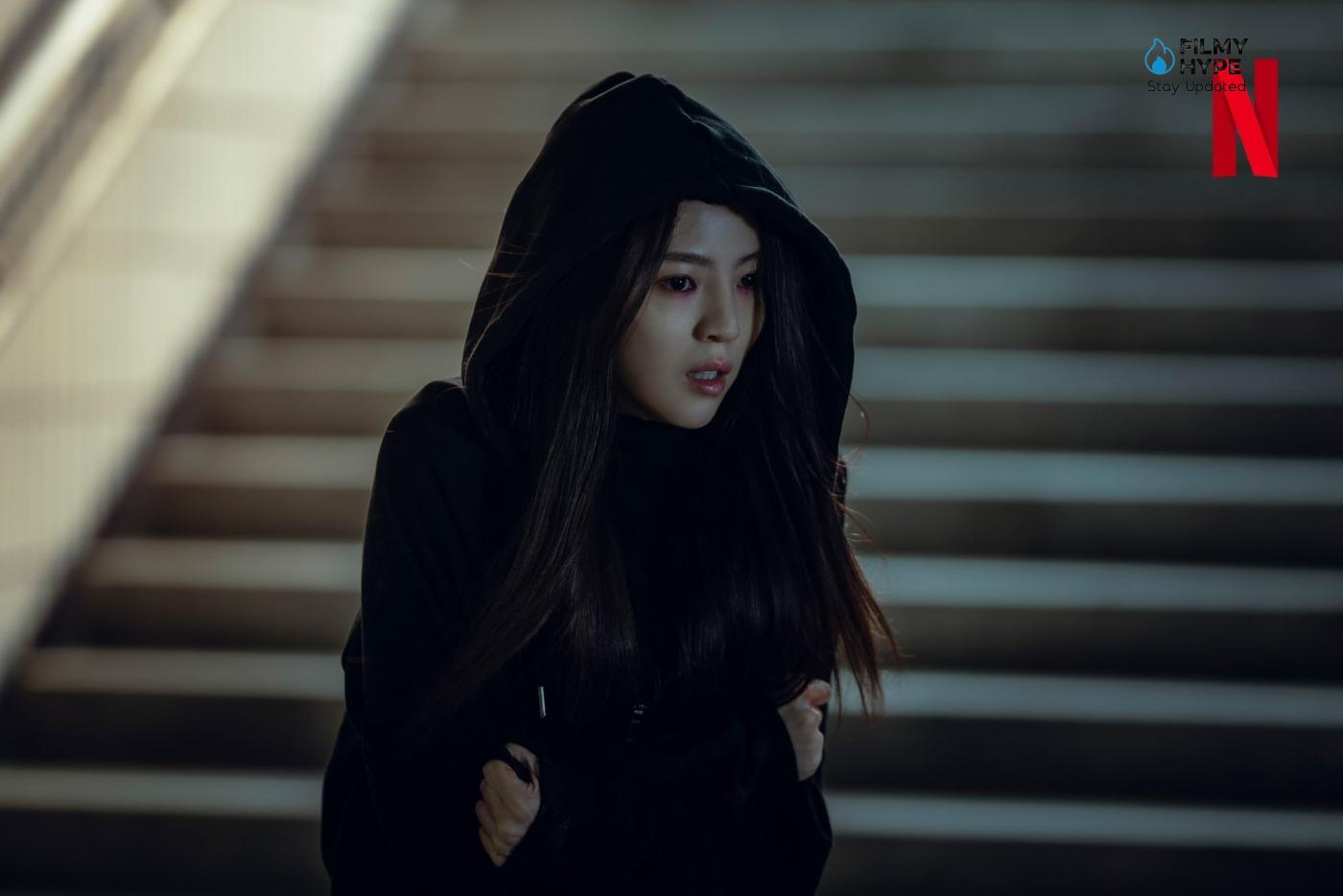
Time, more than ever, is a gentleman. Adding it to Gyeongseong Creature, then, is a more than appropriate choice. Taking off the (perhaps too heavy) clothes of the historical drama/horror and updating everything allows the second season to work as a sort of soft reboot. Let’s start again but find ourselves again (the scene in which Park Seo-Joon and Han So-hee look into each other’s eyes). The steel, the glass, the concrete, and the LEDs are an even better setting for the horror generated by that darkness hidden in the crevice of the human soul. And they allow the series to carry on a double track: it is a K-horror, but it is also a K-Drama. Horror, but also love. So much love (perhaps too much). And, to add another level to the theme of the double, now the ‘monsters’ are also ‘super’. Super strength, super speed, super fighting skills. At times it seems like Matrix meets Stranger Things and Resident Evil but then it veers towards Blade or Underworld. And then the theme of remembering who you appear, then that of the duality of man/multinational, then the duality of instinct/reason. A magma that in one way or another keeps you glued episode after episode.
Gyeongseong Creature Season 2 Review: The Last Words
Gyeongseong Creature Season 2 manages to tell the same story as the first season, adapting it in a new, more intriguing, and engaging way without falling into repetition or monotonousness. The Netflix TV series once again leads the viewer to reflect on the dark side of human beings and how anyone can become a monster when the worst instincts take over one’s conscience. Unfortunately, the series is not free from flaws or problems. At times it has some heavy writing naivety (the idea of the serial killer burned in 10 minutes on screen) and visual rendering of the ‘monsters’ at the limit, but in the end, it remains enjoyable. It is not at the level of other Korean titles, but the new path taken promises well. A piece of advice in closing for those who have not yet faced Gyeongseong Creature: start from season 2 and watch it as if it were a prequel.

Gyeongseong Creature Season 2 Review: Adapting It In a New, More Intriguing and Engaging Way! | Filmyhype

Director: Jeong Dong-Yun
Date Created: 2024-09-27 15:13
4
Pros
- Convincing narrative device
- The new antagonists introduced are interesting
- An unexpected and not at all obvious ending
Cons
- The final episode is a bit too rushed at times
- Some acrobatics too surreal despite the fantasy aspect

